Did you know 'Goodnight Moon,' 75 this year, was once banned from the library?
- Oops!Something went wrong.Please try again later.
- Oops!Something went wrong.Please try again later.
Once upon a time there was...A telephone. A red balloon. A comb and a brush, and bowl full of mush.
Not much of a story, you say? So said Anne Carroll Moore, the children's librarian at the New York Public Library, who banned "Goodnight Moon" from her shelves for 25 years.
In fact, she thought it was a bowl full of mush. "Unbearably sentimental," she called it. It wasn't until 1972 that the New York Public Library deigned to put the book in its card catalog.
That didn't stop "Goodnight Moon," celebrating its 75th anniversary on Saturday, from becoming one of the most beloved of all children's books.
Nearly 50 million copies have been sold since it came out in 1947. Some 800,000 copies are sold annually. There have been "Goodnight Moon" toys, shirts, musical plays, Christmas ornaments, games, videos, classical compositions. It's been translated into French, Spanish, Hebrew, Chinese, Korean.
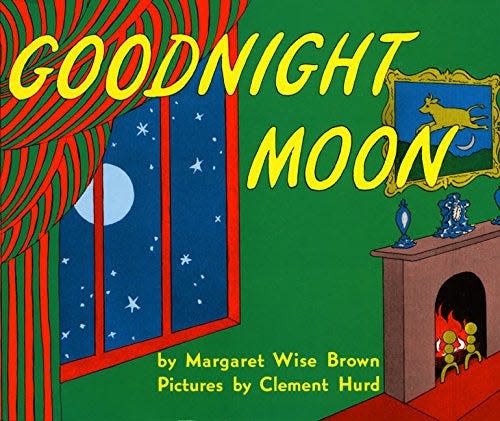
More:'There's something fascinating': Train excursions are fun for young and old
There have been knockoffs and parodies galore — "Goodnight iPad," "Goodnight Putter," "Goodnight Hawaiian Moon," "Goodnight Goon," "Goodnight Keith Moon," "Goodnight Dune," "Goodnight Loon," "Goodnight Nanny Cam" and — most memorably — "Go the F**K to Sleep."
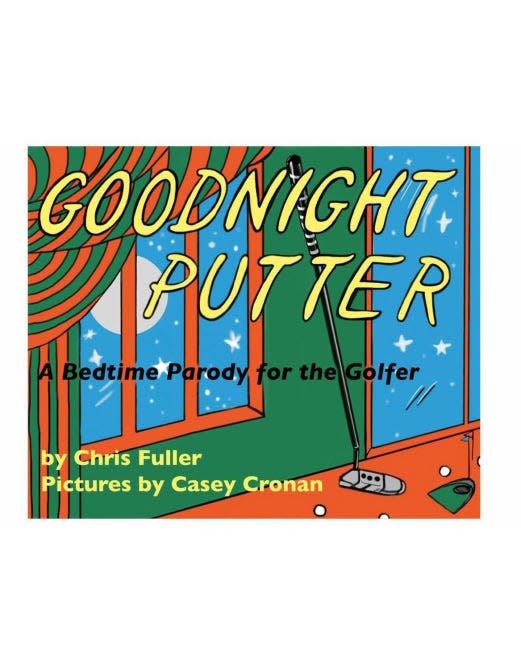
"It's everywhere," said April Patrick, who teaches children's literature at Fairleigh Dickinson University.
"It's familiar enough that if you see a parody of it, you know what's its parodying," Patrick said. "It's an easy touchstone. You read one line of it, and someone could probably finish the line. Chairs and bears. The moon and the spoon."
More than meets the eye
But "Goodnight Moon," adored by children and parents for three generations, is a deceptively simple book.
People remember the bold colors, the solid greens and reds, without necessarily knowing that they were influenced by Henri Matisse. They remember the simple rhymes, without connecting them to Gertrude Stein.
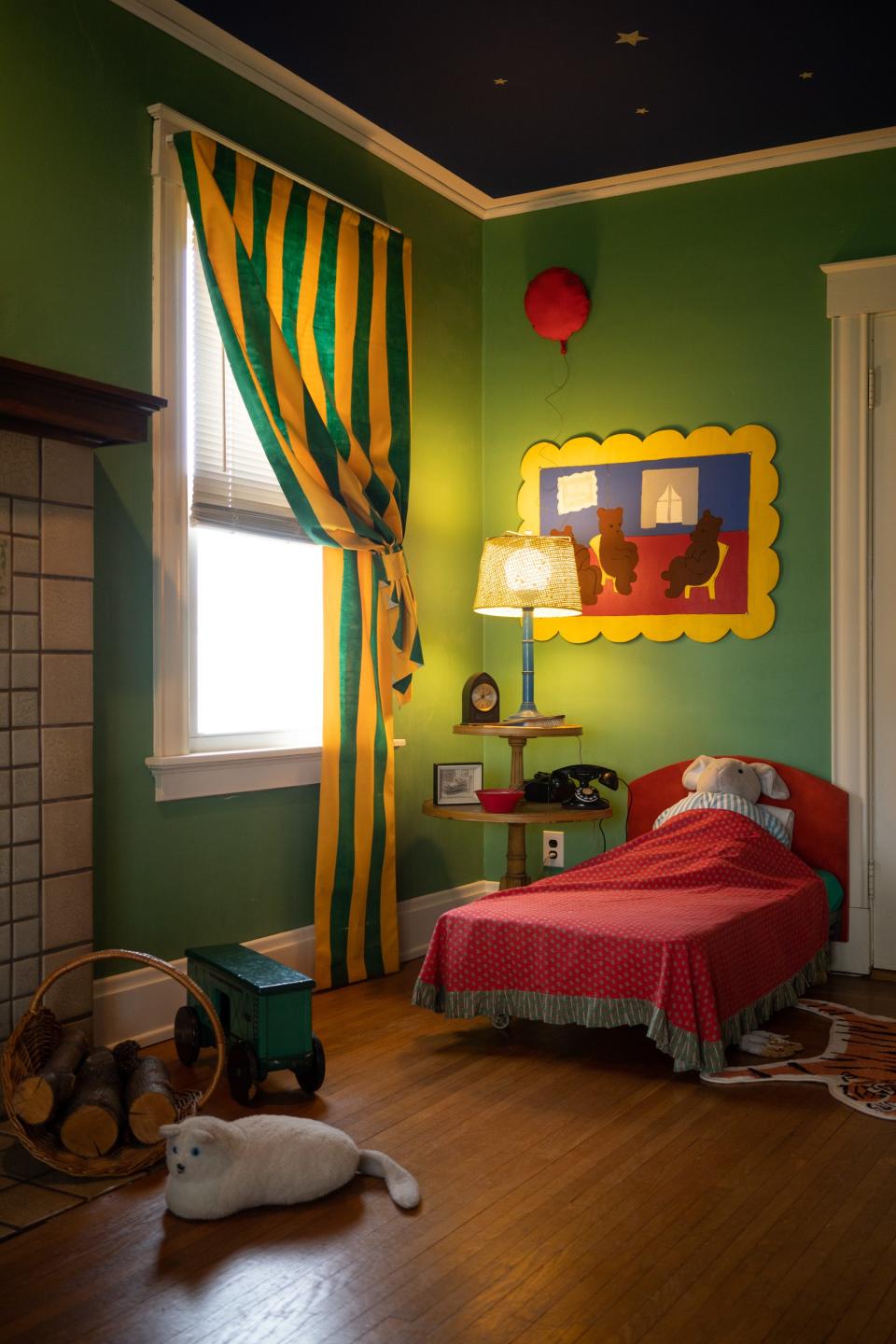
They treasure the warm, comforting ordinariness of the bedtime scene, of the baby bunny saying goodnight to the clocks and the socks, the kittens and the mittens, without knowing that this was — in its time — a sort of avant-garde experiment. A controversial one, in some quarters.
"I think it's definitely part of some kind of modernist tradition," said Adam Goodell, dean of the humanities at Bergen Community College.
Moore, the most powerful children's librarian in the country, wasn't having any of it.
A pioneer in her field, she did much to bring respect to children's literature. But she ruled with an iron hand.
Books she didn't approve of actually got a rejection stamp with the words: "Not Recommended for Purchase by Expert." And there were a lot of books she didn't approve of — not just "Goodnight Moon" but "Charlotte's Web" and "Stuart Little." Though she had officially retired by 1947, she still held sway over the children's room when "Goodnight Moon" came into her crosshairs.
Moore believed that children should be weaned on myths and legends, and that stories should have morals. And, as Anna Holmes noted in a Jan. 31 piece in The New Yorker, she wasn't keen on the emerging sociological approach to children's books — the study of what kids actually like, and comprehend, at certain ages.
That put her on a collision course with Margaret Wise Brown, the dynamic, iconoclastic Brooklyn-born author of "Goodnight Moon."
A new approach
Brown had worked at the Bank Street Experimental School in New York, where she had been able to observe firsthand what kids respond to. The school itself was a big booster of a new trend of children's literature — one that emphasized the familiar and everyday, the "here and now."
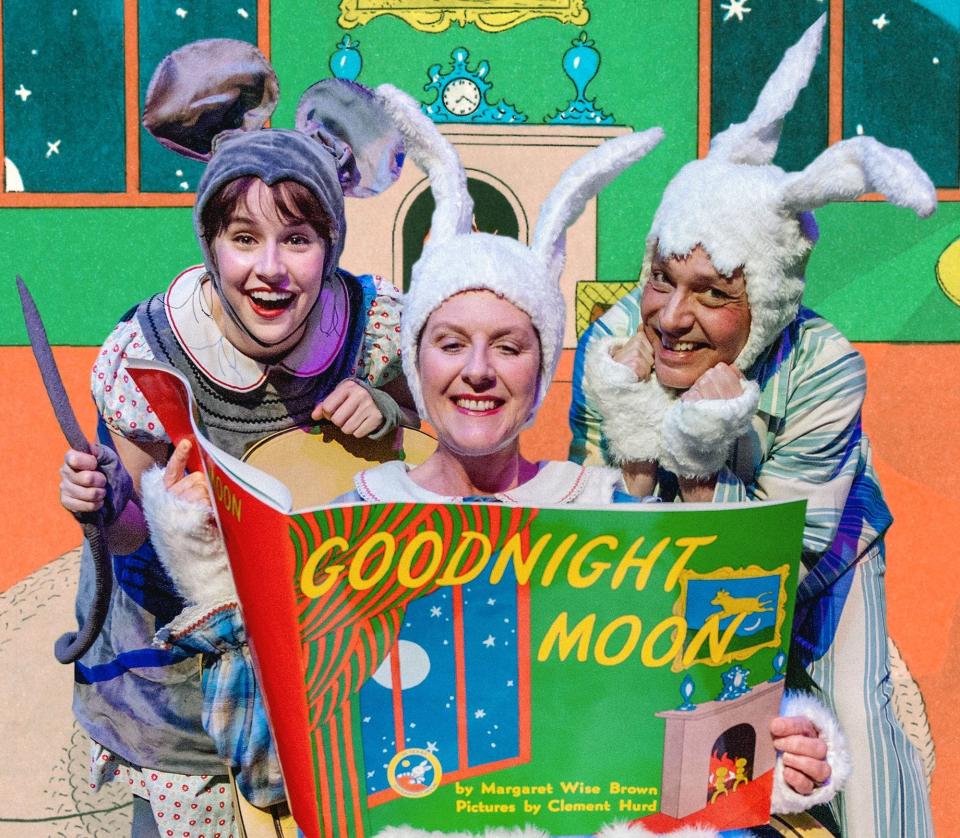
Very young children, the thinking went, didn't necessarily crave dragons, giants and genies. The stuff of ordinary life — combs and brushes, kittens and mittens — is miraculous enough if you're new to the world.
"Children are still becoming acquainted with the everyday," Goodell said. "For adults, it's banal. But before the everyday world becomes familiar, it's still magical and strange."
More:What's new about Barbie dolls hitting stores? They have hearing aids and prosthetic legs
More:Back-to-school event at the Boys & Girls Clubs of Paterson and Passaic
"Goodnight Moon" was aimed at kids 2 to 5, and it showed insight into the working of a small child's mind. Kids are fascinated with ordinary objects, familiar surroundings. And they like to know what's where.
Earlier writers for children had noticed this, too. The "Goldilocks" story goes into great length — too great for the adult attention span — about the three different sized bowls of porridge, the three different sized chairs and the three different sized beds. The specificity fascinates kids.
"The Wizard of Oz" is a tale of witches, lions and talking scarecrows. But L. Frank Baum begins it by describing, in great detail, Dorothy's house in Kansas. "There were four walls, a floor and a roof, which made one room; and this room contained a rusty looking cooking stove, a cupboard for the dishes, a table, three or four chairs, and the beds."
"Goodnight Moon" noticed this aspect of children's writing, and took it to its logical conclusion. There was no story — one of the reasons a traditionalist like Moore would hate it.
I spy
But "Goodnight Moon" had other things to engage a child. For one thing, as Julie Rosenthal, professor of literacy education at William Paterson University notes, it's a scavenger hunt.
The bowl, the brush — each specific thing in the text is shown in Clement Hurd's memorable pictures. Kids love to search for them.
"When we read about a red balloon, they can point to it in the picture," she said. "Each time the items in the room are mentioned, it's a puzzle for children. They absolutely love that. The mouse is not easy to find. The children have to look for it, and point to it. They love the scavenger hunt way the book is set up."
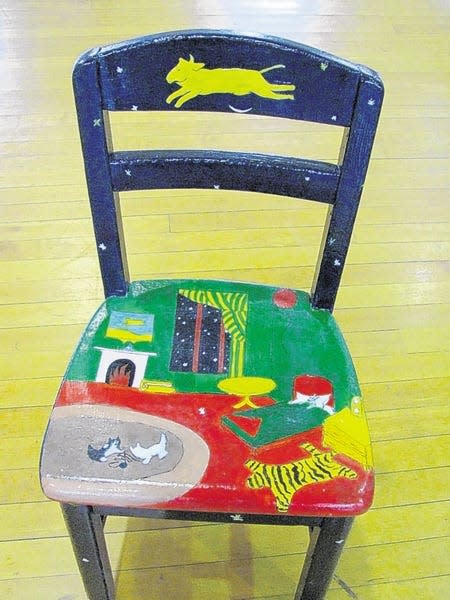
In the same way, the simple rhyming sounds of the text — mouse and house, hush and mush — intrigue children. They want to know more. Particularly about "mush" — one of the few words in the book that has fallen into disuse. You'd have to be a certain age to know it was once a word for hot cereal.
"Mush probably hasn't felt relevant for generations," Patrick said. "But there's still something nostalgic about it. I have a 5-year-old, and every time we read it, that's the question. Everything else makes sense. But she asks, 'What is mush? Why is there mush there? Do we eat mush?'"
And even in this most prosaic of children's books, there is a touch of the magical.
The fact that the story is about bunnies isn't insisted on in the text. But it's clear from the pictures. "What if you took the rabbits away and make it just regular human beings?" Goodell said. "It's suddenly less for children."
And then, in the midst of all those goodnights to familiar objects, Brown writes, "Goodnight, nobody."
"There is an opportunity to discuss that with children," Rosenthal said. "Who is nobody?"
Influencer
"Goodnight Moon" was a big success — with or without the New York Public Library. Brown, who died in 1952, wrote other children's books: "The Runaway Bunny," "The Little Island," "My World." Her plotless plotting was highly influential. One of "Moon's" descendants, Ezra Jack Keats' "The Snowy Day," won the Caldecott Medal in 1963.
Today, 75 years after it first appeared in bookstores — if not certain library shelves — "Goodnight Moon" remains a uniquely gentle, soothing bedtime book. And not just for children.
"There's a sense of comfort, that you're grounded in something real," Patrick said. "That's part of what we do in meditative practices today. How many adults are told, when they have anxieties, to focus on your senses? Count three things you can see. What things can you hear? Grounding yourself in the present is a way of alleviating anxiety."
Calming fears is, precisely, is the point of any bedtime ritual. Whether it's a lullaby, a glass of milk — or a story of an old lady whispering "hush."
"When you think of kids at bedtime, you don't want them having bad dreams. You want them to be grounded in a present moment that seems safe and comforting. That's what makes 'Goodnight Moon' so appealing."
This article originally appeared on NorthJersey.com: 'Goodnight Moon' turns 75, no longer banned from NY Public Library

